Listen to three teachers talking about what they saw children and teachers doing differently in a Learning Powered school. As they talk we see the classroom practice that inspired them.
How it all works.
The holistic model below shows aspects of pupil learning, teacher practice and school processes that are influenced by taking up the Building Learning Power approach to education. We would be kidding ourselves if we thought that “doing learning power” meant little more than a few tweaks in classroom practice. Doing it ‘right’ rather than ‘lite’ takes us deep into how supple learning minds grow, how teachers’ everyday practice needs to be developed, what it means to ‘lead learning’ and how parents can be brought into the action.
Pupils build supple learning minds by;
Using a language that powers learning.
- A rich and evolving language of learning, recognising its emotional, cognitive, social and strategic dimensions, permeates learning across the school and its community
- Pupils are confident and fluent in using the language of learning to describe and understand themselves as learners in a wide range of contexts
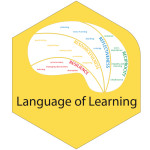
Building the skills of powerful learners and broadening where and how often they use them.
- A broad map of progression in the development of learning dispositions is infused into the curriculum, built into the design of lessons and motivates pupils’ to improve.
- Pupils record, reflect on and articulate their growth as supple-learning minded, independent, learners.
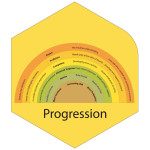
Teachers help pupils to stretch and develop their supple learning minds by;
Creating rich learning environments in classrooms
- The learning environment is used constructively to promote positive learning behaviours and reinforce positive messages about the nature of learning.
- Classroom cultures promote; speculative approaches, challenging learning, the growth of learning mindsets, collaborative activity and positive messages about learning.
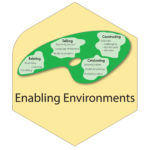
Teaching the how with the what of learning
- Teaching methodologies and learning opportunities intrigue and motivate learners, develop effective learning habits and enhance content acquisition.
- Teachers explain the nature of learning habits, train pupils to use them, design lessons to exercise them, generate feedback on the use of learning habits and model them confidently.
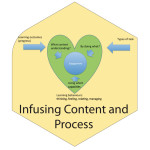
Using a coaching approach to learning
- Teachers use a coaching approach with pupils; they stay curious, their questioning helps to unearth and progress pupils’ learning behaviours, they join in a quest of discovery, they offer commentary and re-frame learning experiences and they secure a commitment to learning.
- Pupils too are trained to act as coaches to each other and thereby encourage others to go beyond what they thought they were capable of.
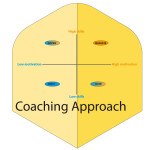
The school generates a vision and culture of learning by;
Leading to empower learning
- The school has a vision for learning (predicated on ‘learning is learnable’) which is embedded in its culture, policies and recognised outcomes.
- Leading the development of learning becomes everyone’s concern. School leaders, teachers and students work towards becoming leaders of their own learning in a school that learns
- Leadership styles foster dialogue and exploration, empower risk taking and self monitoring becomes an act of discovery for improvement
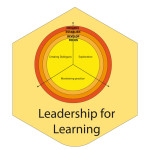
Creating a culture of enquiry for staff
- The school supports teachers to form and sustain formal Professional Learning Communities to share, probe and deepen the learning how to learn culture and classroom practice
- Teacher learning enquiries help drive the school’s development.
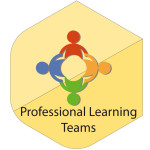
- Reviews of learning engage all staff and students to provide valuable evaluative data on which to build future development
- Learning Reviews include observations of learning in classrooms, interviews with teachers, surveys of the learning environment. They are viewed as an important collaborative vehicle for teacher development
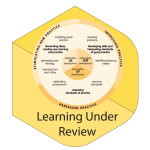
Involving parents in building their child’s zest for learning
- The school works in partnership with parents and carers to develop learning dispositions in pupils.
- Parents are kept informed effectively of their child’s progress in developing learning habits. The school offers guidelines and examples of how parents can best support the development of their child’s learning habits in life outside school.
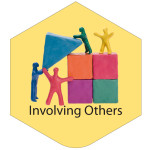
Two Building Learning Power frameworks
Within the Core Model, there are two original key frameworks. The first is a coherent picture of the key high-value characteristics of a powerful learner. The second is a map of how teachers can help build the constituent dispositions of the powerful learner.
The first framework: The Supple Learning Mind
The image of the powerful learner – doesn’t claim to be a comprehensive theory of learning power. Rather it aims to be a pragmatic tool that illustrates some of the ingredients of learning power and provides a basis for discussion. Many schools who have made use of this framework have developed and customised it in a host of creative ways.
This framework is essential, if teachers are going to think precisely and creatively about how they can become more effective ‘learning power coaches’. Using the analogy of a fitness coach in a gym such coaches are able to construct broad, balanced and effective exercise regimes that will help people get fitter, because they have a model of what the different ingredients are that go to make up ‘fitness’. A working model of learning power helps teachers design targeted, effective activities that, over time, add up to greater confidence and capacity in facing all kinds of uncertainties and challenges. Just as fitness is a basic springboard for all kinds of more specific physical skills, so learning power is a general-purpose launch-pad for all kinds of more specific learning activities – both in school and out. So the first framework provides a design template for that launch-pad which schools can then extend in their own ways.
The second framework: The Teachers’ Palette
The second framework maps the ingredients of a school and classroom culture that help to cultivate those habits of mind. If we want young people to become better at concentrating, say, what does that suggest about the way we structure our lessons? If we want them to become more willing to take risks in their learning, and more tolerant of making mistakes, how should we alter the way we mark their work, or the choices we make about what to display on the walls of the classrooms and corridors? If we want youngsters to become better at giving supportive feedback to each other, and at learning how to take such feedback without getting defensive – what does that suggest about how we might let them see more of us, the teachers, engaging in peer observation and discussion? And so on.
These two frameworks gives teachers and students a ‘big picture’ to hang on to, the picture on the box, as it were, to provide a context whilst they are working on one small corner of the learning power jigsaw puzzle. The Supple Learning Mind reminds everyone that they don’t have to work on exercising all the learning muscles at once (just as you don’t try to do your stretches while you are on the running machine). We can zoom in on ‘managing distractions’ knowing that, in due course, the big picture will remind us to work on building up ‘empathy’ or ‘reasoning’ as well.
The Teachers’ Palette, provides a complementary overview of all the different aspects of their work which teachers can use to build these learning muscles. There are many layers, we have discovered, through which a school can build up a culture that nurtures the development of inquisitiveness, responsibility and independence. This framework provides a basis for long-term planning. Some of the layers may be relatively easy for a teacher or a school to get to work on straight away. With others it may take a bit of thought to see how the pupils (or the governors or the parents) will need to be ‘prepped’ in order to be ready to start taking the necessary steps.

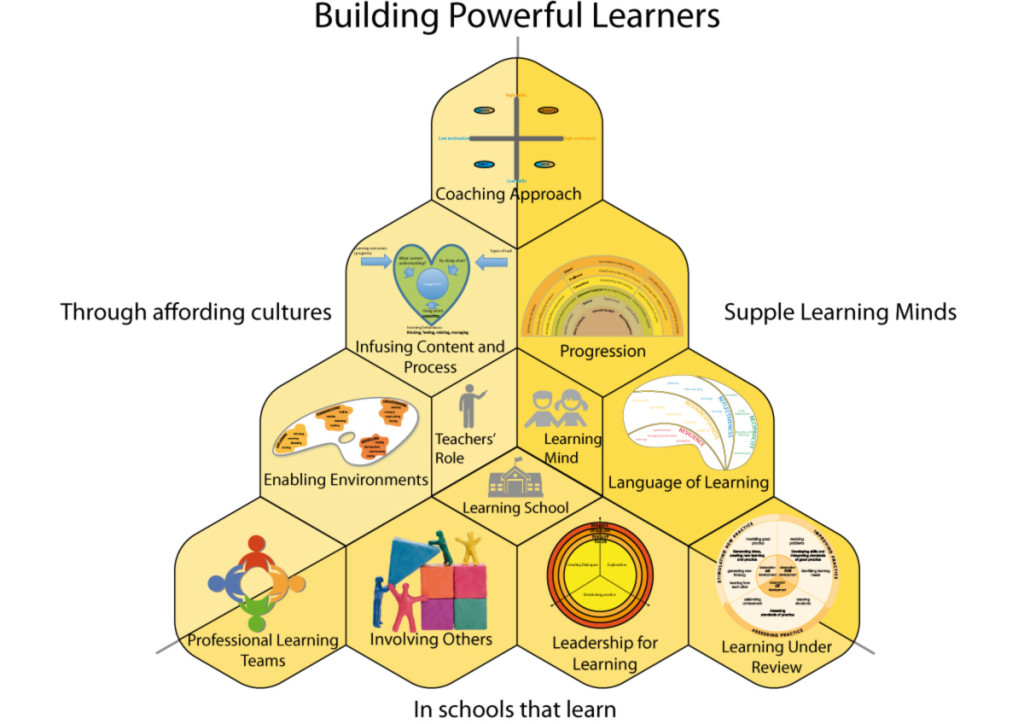
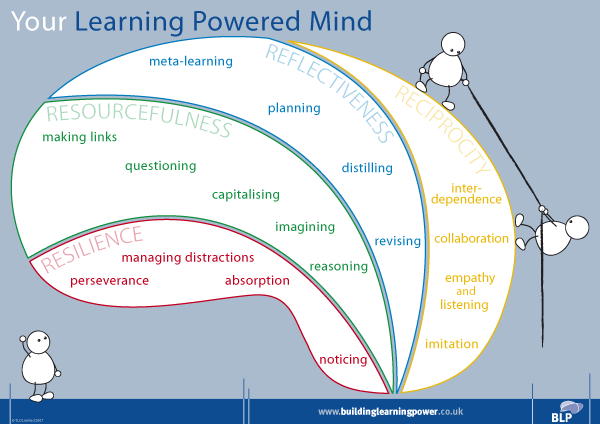

Comments are closed.